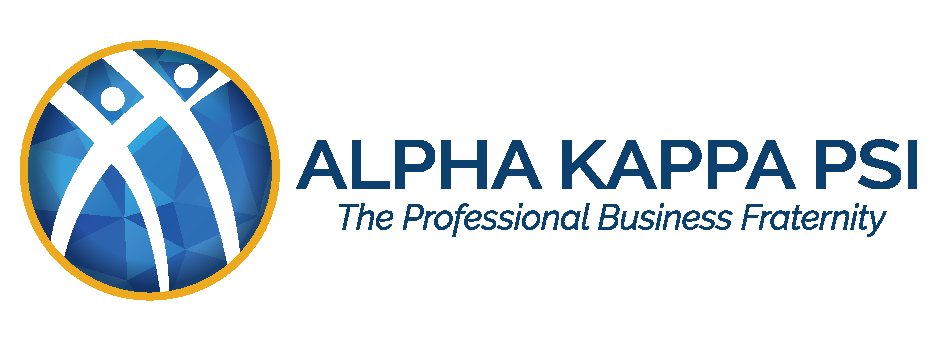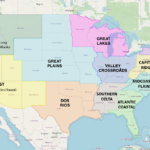 Throughout our daily lives as working professionals, we encounter situations that require decision-making skills. Some are quite simple, such as whether to buy spinach or romaine at the grocery store or how to organize your day planner before a busy week. However, there are many more situations that call for a deeper and more active consideration of factors, information, people, and results. When it comes to these important decisions, it’s a wise idea to utilize both critical and analytical thinking. We know from previous blogs that we define analytical thinking as a process of breaking down all pertinent information into smaller chunks and using logic and linear thinking to make a choice. Critical thinking, on the other hand, goes further by including consideration of more abstract ideas like bias, opinion, and outside information to draw a more informed conclusion.
Throughout our daily lives as working professionals, we encounter situations that require decision-making skills. Some are quite simple, such as whether to buy spinach or romaine at the grocery store or how to organize your day planner before a busy week. However, there are many more situations that call for a deeper and more active consideration of factors, information, people, and results. When it comes to these important decisions, it’s a wise idea to utilize both critical and analytical thinking. We know from previous blogs that we define analytical thinking as a process of breaking down all pertinent information into smaller chunks and using logic and linear thinking to make a choice. Critical thinking, on the other hand, goes further by including consideration of more abstract ideas like bias, opinion, and outside information to draw a more informed conclusion.
Both approaches can be effective, and sometimes even play off of one another. So, how can you decide whether starting with analytical or critical thinking will work best for a particular decision? Below are a few scenarios that demonstrate how either mindset can assist in your day-to-day life, using our very own Alpha Kappa Psi as a foundation for these theoretical situations.
Scenario #1
The chapter recently won a monetary prize from the Foundation. There are no guidelines for how the money can be used, only that it must be used before the fiscal year ends June 30. Everyone has conflicting suggestions on how to spend the funds. There are only five weeks until June 30 and no one can come to an agreement. What do you do?
Analytical: Have the executive team make the decision on behalf of the chapter
The most direct and traditional way to establish a spending plan is to strictly follow the organization chart put forth by the chapter. Your executive team has been chosen carefully for their wisdom, experience, and decision-making ability, and allowing them to represent the interests of all chapter members is exactly what the charter has set forth as a plan.
Critical: Pose a few options to the chapter to vote on
This allows your executive team to remain heavily involved with the decision-making process, but also allows chapter members to voice their own opinions. By putting the budget options to a vote, you provide room for others’ opinions while also demonstrating that their input is valued. In doing so, you empower your team and can ultimately arrive at a more agreed-upon solution.
Scenario #2
You and your chapter flew to PBLI. You had too many items to fit in a carry-on, so you had to check a bag. Wanting to be comfortable on the flight, you packed all of your professional clothes and planned to change at the hotel before the conference began. When you arrived, you discover the airport lost your luggage. The first session of the night begins in two hours. What do you do?
Analytical: Borrow clothes from a friend until your luggage arrives
This approach takes into consideration static factors like time restraints – you have a short window to figure this out, and the easiest approach is to settle for someone else’s outfit choices, even if they’re not to your exact liking. Analytical thinking means using logic and eliminating emotion to quickly reach a conclusion. You may not look your best in your pal’s flannel coat, but at least you’ll be on time for the session and ready to engage.
Critical: Go to a nearby clothing store and purchase new clothing
Your feelings of comfort and readiness are important, and they don’t necessarily have to be tossed aside. These conferences are about networking and maximizing short windows of interactions with new people. If a good-looking and well-fitted outfit makes you feel more confident and ready, heading over to a nearby shopping center could be just the boost you need to forget about the frustration of losing luggage and start networking ready to make a great impression.
Scenario #3
At the end of the fall semester, your chapter now has 27 brothers, but seven are graduating in the fall and another 10 in the spring. For the past few semesters, you have struggled with recruitment as your campus is smaller without much student involvement. What do you do to ensure that you meet minimum standards at the end of the year and have a chapter size of at least 20 brothers?
Analytical: Reach out to your Regional Director for resources and advice for conducting a stronger recruitment process
Your mentors are there to provide guidance by drawing from experience and a network of connections. If the recruitment process is going poorly, these directors have tried-and-true approaches for drawing in fresh faces to the crowd. They may even be able to provide you with contacts on your campus in social clubs or programs that will allow you to recruit directly from their pool of students. There’s nothing wrong with the old ways; they’re still around because they work.
Critical: Begin sharing about recruitment earlier and expanding your reach for promotion
Even though the traditional forms of recruitment may be standard practice, you’ve been made a part of this chapter for your quick thinking and ingenuity. Critical thinking means questioning the current process and asking how you can make improvements. Maybe there are groups of students you are overlooking, due to bias or inaccessibility. Regardless, critical thinking can make sure you improve recruitment numbers by utilizing the right side of your brain.
Both analytical and critical thinking play key roles in reaching conclusions in the business world. While analytical approaches can help you solve the tough problems in the most effective way possible, critical thinking allows for a more emotional response to scenarios. There’s no one right way, however, make sure you allow room for both in every situation.




